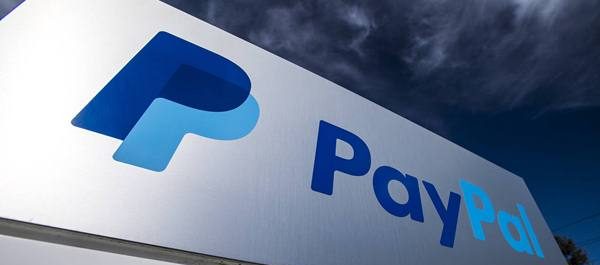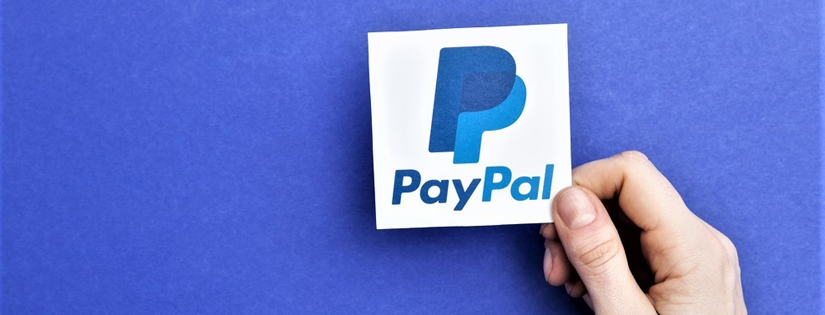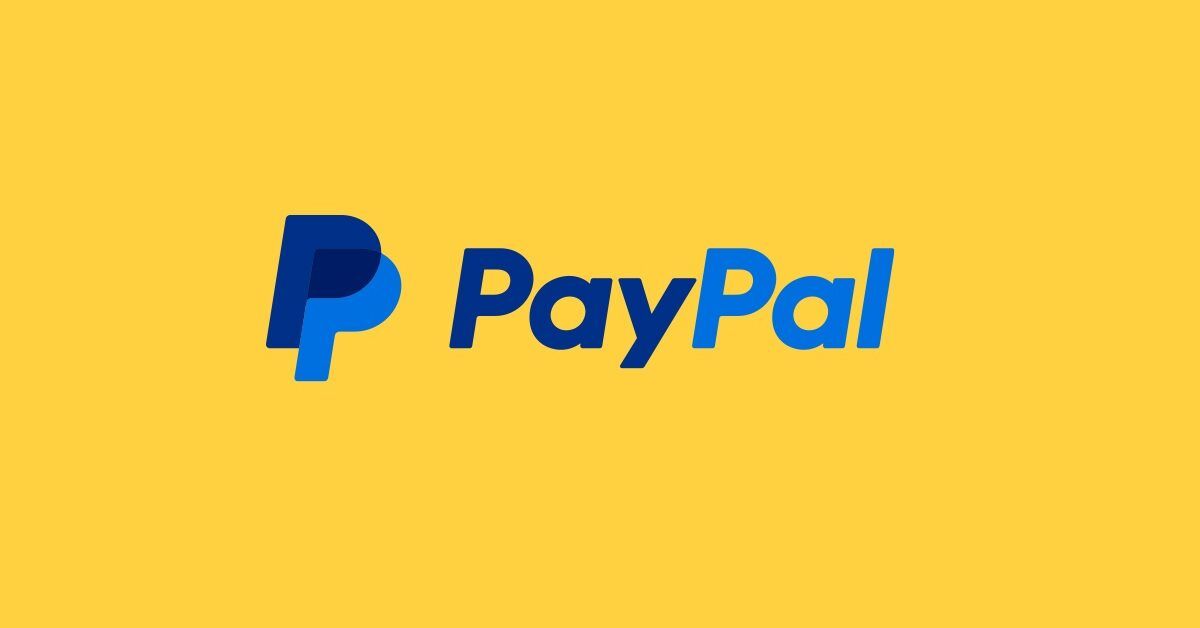PayPal: Revolutionizing Digital Payments Worldwide

PayPal In today’s digital age, the way we handle money and conduct transactions has evolved significantly. Among the forefront of this evolution stands Pay Pal, a leading online payment platform that has revolutionized the way people send, receive, and manage money across the globe. In this article, we delve into the intricacies of PayPal, exploring its origins, functionalities, and impact on the digital economy.

Origins and Evolution
Founded in December 1998 by Max Levchin, Peter Thiel, and Luke Nosek, Pay Pal initially emerged as a security software company named Confinity. It later transitioned into a digital payment platform, aiming to provide a convenient and secure method for online transactions. PayPal’s breakthrough came in the early 2000s when it became the payment method of choice for eBay users, driving its widespread adoption.
Functionality and Features
PayPal operates as an online wallet, allowing users to link their bank accounts, debit cards, and credit cards to their PayPal accounts. Once linked, users can seamlessly transfer funds between their accounts and make purchases online without divulging sensitive financial information to merchants. Additionally, Pay Pal offers a range of features such as:
- Peer-to-Peer Payments: Users can send money to friends, family, or businesses using just an email address or mobile number.
- Online Shopping: PayPal is widely accepted by online retailers worldwide, offering a convenient checkout experience for customers.
- Currency Conversion: Pay Pal facilitates transactions in multiple currencies, allowing users to send and receive payments internationally with ease.
- Seller Protection: PayPal provides seller protection against fraudulent transactions, enhancing trust and security for merchants.
Impact on E-Commerce
The advent of PayPal has had a profound impact on the e-commerce landscape. By offering a secure and streamlined payment solution, PayPal has helped to facilitate the growth of online businesses, enabling merchants to reach customers globally. Moreover, Pay Pal’s buyer and seller protection policies have fostered trust and confidence among consumers, driving higher conversion rates and reducing instances of fraud.
Expansion and Acquisitions
Over the years, PayPal has expanded its services through strategic acquisitions and partnerships. Notable acquisitions include Braintree, Venmo, and Xoom, each of which has further diversified Pay Pal’s offerings and extended its reach into new markets. Additionally, PayPal has forged partnerships with leading tech companies and financial institutions, solidifying its position as a key player in the digital payments ecosystem.
Innovations and Future Outlook
As technology continues to evolve, PayPal remains at the forefront of innovation in the payments industry. The company has embraced emerging trends such as mobile payments, digital wallets, and cryptocurrency, positioning itself to adapt to changing consumer preferences. Looking ahead, Pay Pal aims to further enhance its services, driving financial inclusion and empowering individuals and businesses worldwide.
Conclusion
In conclusion, PayPal has emerged as a trailblazer in the realm of digital payments, revolutionizing the way people transact online. With its user-friendly interface, robust security measures, and global reach, PayPal has become an indispensable tool for individuals and businesses alike. As the digital economy continues to expand, Pay Pal is poised to play a central role in shaping the future of finance.

Exploring the Pros and Cons of PayPal: A Comprehensive Analysis
In the realm of online transactions, PayPal stands out as a prominent player, offering a range of features and functionalities that have revolutionized the way people send and receive money across the globe. However, like any platform, PayPal comes with its own set of advantages and disadvantages. In this article, we take a closer look at the pros and cons of Pay Pal to provide a balanced assessment of its capabilities.
Advantages of PayPal:
- Convenience: PayPal offers a convenient and user-friendly platform for conducting online transactions. With just an email address or mobile number, users can send and receive money with ease, eliminating the need for cumbersome bank transfers or checks.
- Wide Acceptance: PayPal is widely accepted by online merchants and retailers worldwide. Its ubiquitous presence makes it a preferred payment method for e-commerce transactions, providing users with greater flexibility and choice.
- Security: PayPal employs robust security measures to protect users’ financial information and transactions. With features such as encryption, fraud detection, and buyer and seller protection, Pay Pal offers peace of mind to both buyers and sellers.
- Speed: Transactions made through PayPal are typically processed instantaneously, allowing for quick and seamless payments. This ensures timely delivery of goods and services, enhancing the overall customer experience.
- International Transactions: PayPal facilitates transactions in multiple currencies, making it ideal for international payments. Its currency conversion feature allows users to send and receive money across borders without incurring hefty fees.
Disadvantages of PayPal:
- Fees: While Pay Pal offers its basic services for free, it charges fees for certain transactions, such as cross-border payments and currency conversions. These fees can add up, particularly for businesses or individuals conducting high volumes of transactions.
- Transaction Limits: PayPal imposes limits on the amount of money that users can send or receive, particularly for unverified accounts. This can be restrictive for businesses or individuals with larger transaction volumes.
- Account Freezes and Holds: PayPal has been known to freeze or hold funds in user accounts for various reasons, such as suspected fraudulent activity or disputes. This can be frustrating for users and may disrupt their cash flow.
- Limited Customer Support: Some users have reported challenges in accessing timely and responsive customer support from PayPal. Resolving issues or disputes may require significant time and effort, impacting the user experience.
- Risk of Account Closure: Pay Pal reserves the right to close user accounts at its discretion, often without providing detailed explanations. This poses a risk for users who rely heavily on Pay Pal for their financial transactions.
Conclusion:

In conclusion, PayPal offers a range of benefits that make it a popular choice for online transactions, including convenience, security, and wide acceptance. However, it also comes with certain drawbacks, such as fees, transaction limits, and account freezes. Ultimately, users should weigh the pros and cons of Pay Pal carefully to determine whether it aligns with their needs and preferences.
The Evolution of PayPal: From Startup to Global Payment Powerhouse
PayPal, a household name in the world of digital payments, has undergone a remarkable journey of growth and innovation since its inception. From its humble beginnings as a startup in the late 1990s to becoming a global payment powerhouse, Pay Pal’s evolution is a testament to its adaptability, vision, and relentless pursuit of excellence.
1. Inception and Early Growth:
PayPal was founded in December 1998 by Max Levchin, Peter Thiel, and Luke Nosek under the name Confinity. Initially, the company focused on developing security software for handheld devices before pivoting to the online payment space. In 2000, Pay Pal merged with X.com, an online banking company founded by Elon Musk, and rebranded as Pay Pal in 2001 jonitogel.
2. eBay Partnership and Rapid Expansion:
PayPal’s breakthrough came when it became the preferred payment method for users of the popular online marketplace, eBay. The seamless integration of Pay Pal into eBay’s platform fueled its rapid growth, attracting millions of users worldwide. By offering a secure and convenient way to transact online, Pay Pal quickly established itself as the leading payment solution for e-commerce.
3. Acquisitions and Diversification:
As PayPal continued to expand its user base and market reach, it embarked on a series of strategic acquisitions to diversify its offerings and stay ahead of the competition. Notable acquisitions include Braintree, Venmo, and Xoom, each of which has contributed to Pay Pal’s evolution into a comprehensive payments platform catering to various customer needs.

4. Embracing Mobile and Innovation:
With the advent of smartphones and mobile technology, Pay Pal seized the opportunity to capitalize on the growing trend of mobile payments. It introduced innovative features such as mobile wallets, peer-to-peer payments, and contactless payments, positioning itself as a leader in the rapidly evolving digital payments landscape.
5. Global Expansion and Financial Inclusion:
In recent years, PayPal has focused on expanding its presence in emerging markets and driving financial inclusion for underserved populations. Through partnerships with local financial institutions and government agencies, Pay Pal has enabled millions of people around the world to access digital financial services and participate in the global economy.
Conclusion:
The journey of PayPal from a small startup to a global payment giant is a testament to the power of innovation, perseverance, and customer-centricity. By staying true to its core values and continuously adapting to changing market dynamics, Pay Pal has cemented its position as a leader in the digital payments industry and continues to shape the future of finance worldwide.
Read More Article About “Apartment 404 Unveiled: Thrilling Journeys into the Heart of Cinematic Mystery“




Leave a Comment